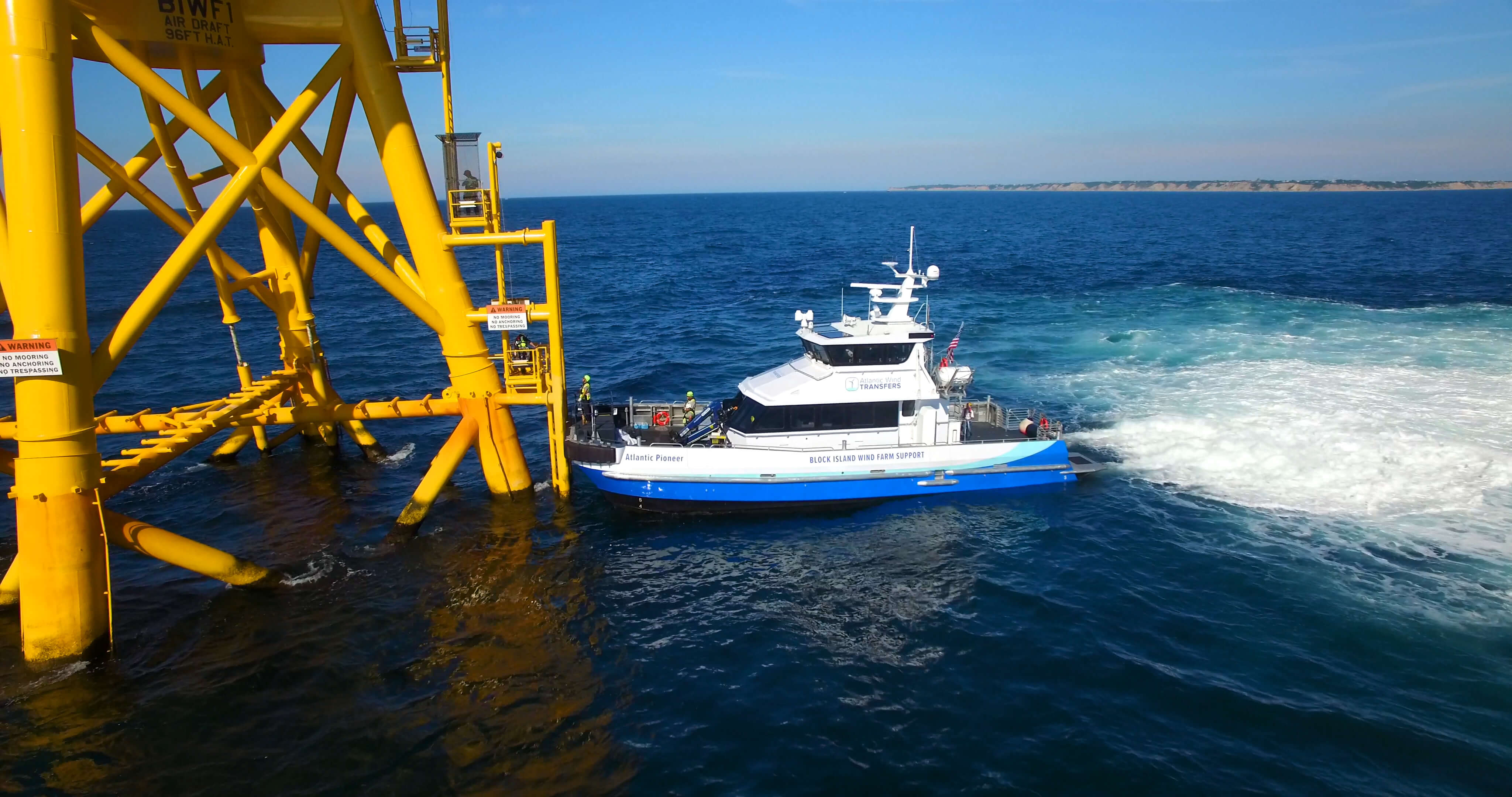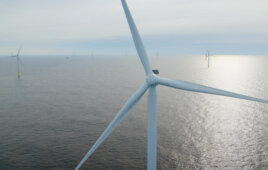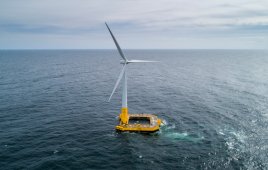As the offshore wind market expands in the U.S., local operators must respond to the demands of project owners whose standards and ways of working have been established in the European sector. Monitoring vessel operational and performance data are a key aspect of this, and a willingness to supply this data has a strong influence on procurement decisions as wind-farm owners look to increase “time on turbine” for their technicians.

Coupling the latest remote data-collection technology with advanced vessel performance monitoring software, Reygar’s BareFLEET is easily integrated into existing systems and provides CTV and towage operators with comprehensive oversight over fleet health and performance.
According to Reygar Ltd., vessel operators working in the towage and CTV markets on the Atlantic Coast are slowly taking advantage of new, more cost-effective technologies as they pioneer a digital approach to small vessel and fleet monitoring. This investment will support these businesses in driving operational improvements and maximizing quality of service.
Reygar is the firm behind the advanced remote-monitoring platform, BareFLEET, which is also seeing growing demand from U.S. operators.
“Adopting vessel monitoring and preventative maintenance strategies is a fantastic opportunity to capitalize on the lessons learnt by established players in the European market,” said Charles A. Donadio, Jr., President of Atlantic Wind Transfers, who is installing BareFLEET on Atlantic Pioneer, the first offshore wind CTV in the U.S. “BareFLEET’s reporting function will allow us to illustrate our high operational and performance standards to clients and prospective customers, which will be of huge commercial advantage as the offshore wind market develops in the U.S.”
However, despite an increase in the digitization of operating practices throughout the maritime sector, advanced monitoring has — until recently — seen limited uptake in the U.S. by operators of smaller vessels, with investment typically focused on the larger end of the market.
Fortunately, the development of new, cost-effective platforms that are integrated into existing vessel systems has removed the barrier to entry for smaller vessels looking to take advantage of the benefits of advanced monitoring.
Predictive maintenance cuts downtime
Advanced monitoring also provides an opportunity for U.S. towage firms to maximize vessel availability and quality of service for clients. Breaking new ground with its installation of BareFLEET on the Jack Holland tug is Norfolk Tug Company, a U.S. Waterways Transportation LLC firm and leader in Atlantic Coast maritime logistics.
BareFLEET was integrated into the Jack Holland’s existing IDEA SBA fleet management and maintenance logging system during a period of scheduled downtime.
“With BareFLEET, we are removing the barriers operators of small vessels across the offshore wind and towage industries have historically faced when it comes to advanced vessel monitoring,” said Chris Huxley-Reynard, Engineering Director of Reygar. These firms are now able to take advantage of operational insight previously only available to operators of larger vessels.
Combined, BareFLEET and IDEA SBA act as a pre-emptive, preventative maintenance system, using measured health information to trigger maintenance actions and warnings to the crew and operational team — who will then be able to act accordingly before equipment fails, minimizing downtime.
“Advanced monitoring will allow these companies to get the most out of their fleet, drive operational improvements and support commercial advancement. Critically for operators of smaller, diverse vessels, this can now be done in a cost-effective way across the entire fleet, that is easily scalable as the U.S. market expands,” added Huxley-Reynard.
Filed Under: News, Offshore wind




